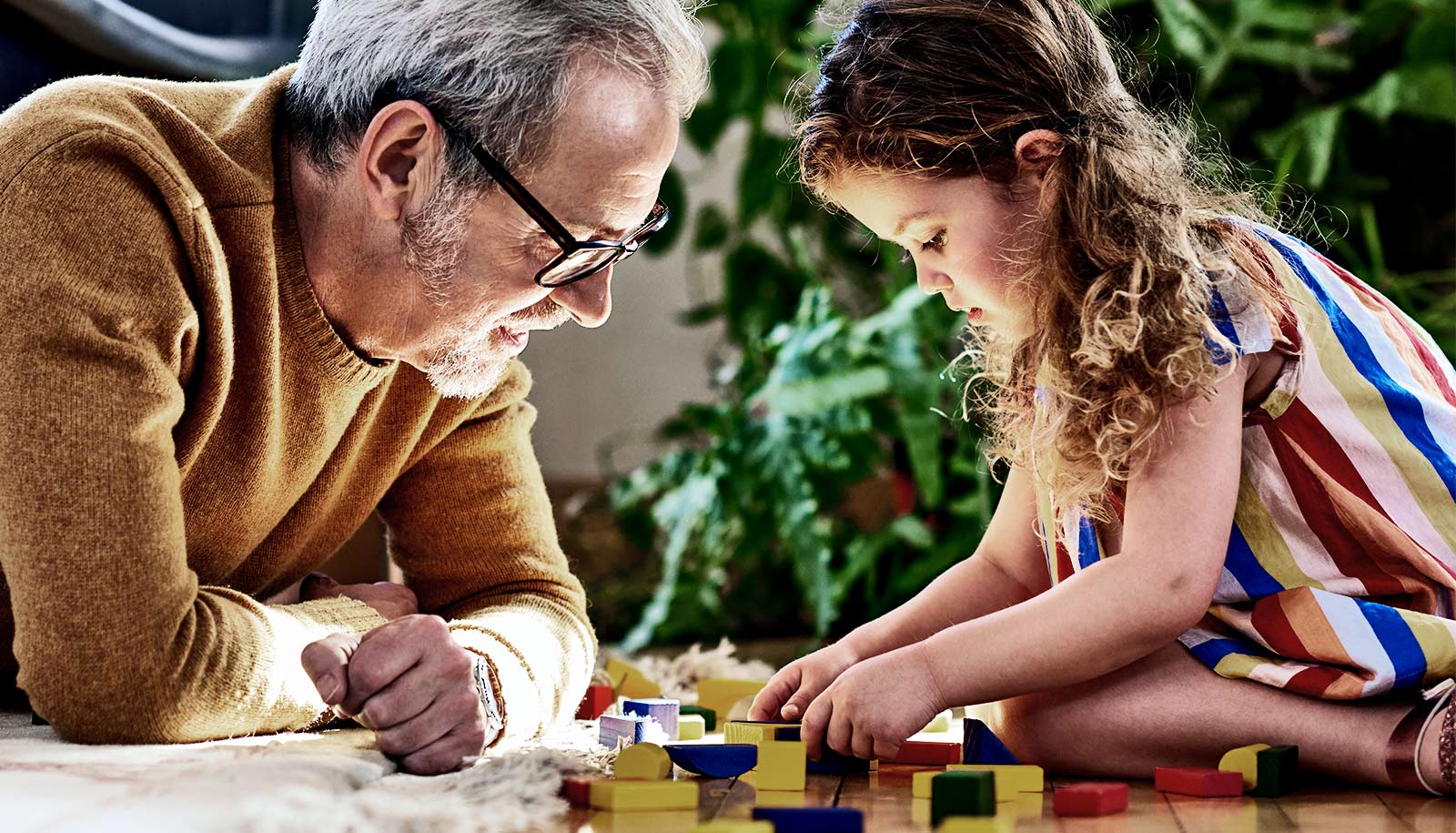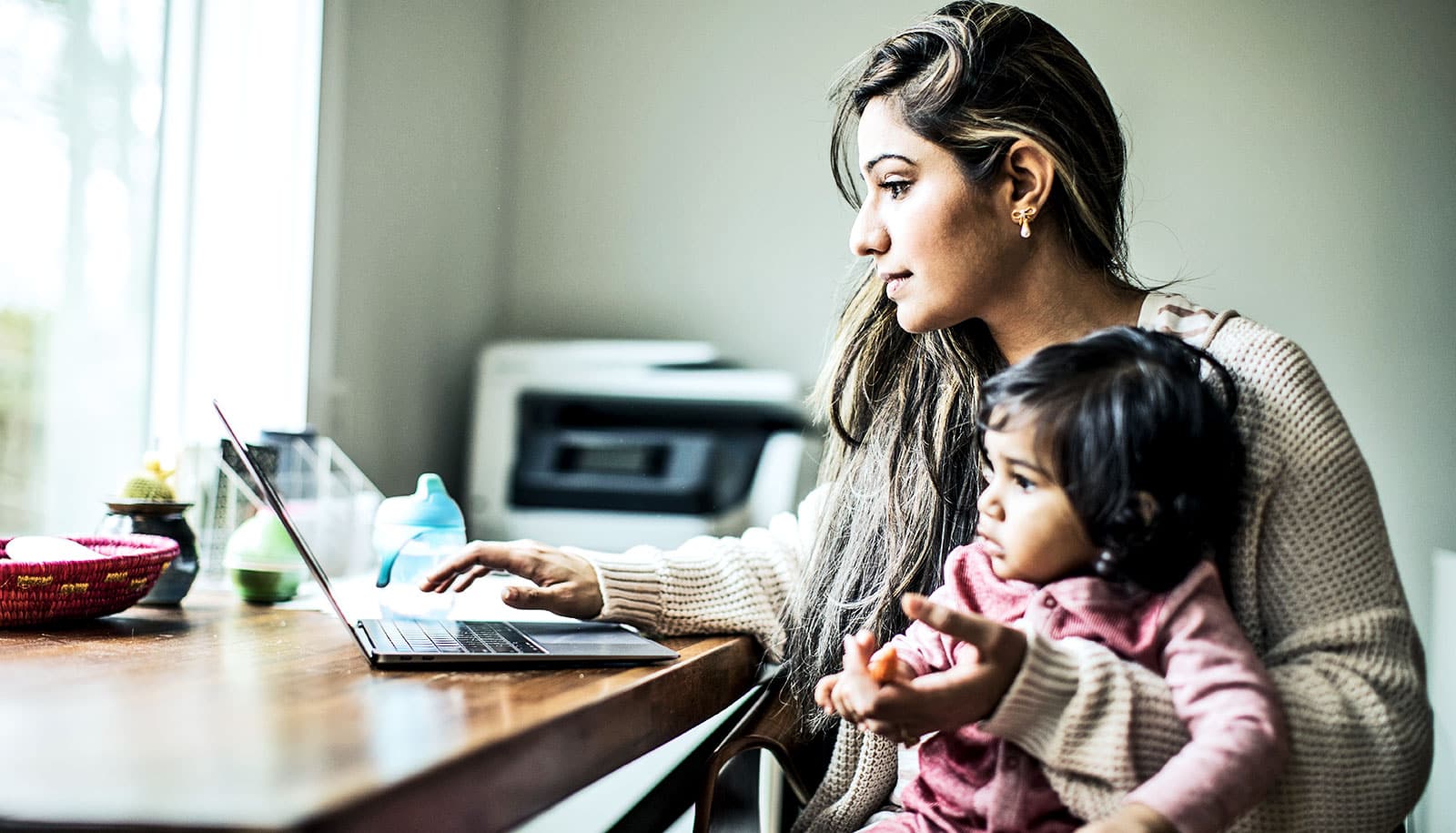Grandparents appear to have served as an important private safety net when COVID-19 first hit the US, according to a new study.
The findings show that the pandemic’s arrival in 2020 coincided with a surge of nearly 510,000 children living in “doubled-up” households, co-residing with other adults in addition to their parents or parents’ partners.
While these living arrangements had already been increasing before COVID-19, this was an additional increase beyond what would be expected based on previous trends—and most of those children, about 460,000, moved in with grandparents.
The surge was temporary, however—those households returned to expected levels in 2021, according to the study in the journal Demography.
“Despite the health risks associated with co-residing with larger families during COVID, economic and instrumental needs still led Americans to live together. I think that really speaks to the strength and importance of family ties as a safety net in the US,” says lead author Mariana Amorim, a sociologist at Washington State University.
Using survey data collected by the US Census, Amorim and coauthor Natasha Pilkauskas of the University of Michigan analyzed the trends for children in doubled-up households from 2015-2021.
About 15.3% of children lived in these types of households in 2015, and there was an incremental average increase of about 0.1 percentage points each year, but from 2019 to 2020 the share of children in these arrangements jumped from 15.7% to 16.3%, an increase six times greater than expected.
The people moving into these doubled-up arrangements tended to be families headed by single mothers and mothers who had never married or who were not working as well as families with children under the age of six. There was also a larger than usual increase in Black and Hispanic children living in multigenerational households.
These demographics suggest the surge in co-residence was driven by both the need for economic and other instrumental support–such as childcare and perhaps to some degree elder care on the part of the grandparents, the researchers say. These needs appeared to outweigh concerns over spreading COVID-19 to more vulnerable older relatives.
The researchers also uncovered a seasonality in trends of “doubling up.” Before the pandemic, increases in these co-residing households tended to follow a pattern with more co-residence occurring in late fall and winter. The researchers speculate that this may follow already established seasonal patterns of births and divorces.
When the pandemic hit, it upended that seasonal pattern, with more people moving into doubled-up households in spring and summer of 2020 before decreasing later in that year and normalizing in 2021.
“We found this type of co-residence to be really short lived. This really drives home the idea that doubling up, particularly living with grandparents, is a strategy that’s used to address economic or instrumental needs, but it’s not really the preference for Americans,” says Amorim. “As soon as people are able to move out and live independently, they do.”
Source: Washington State University


